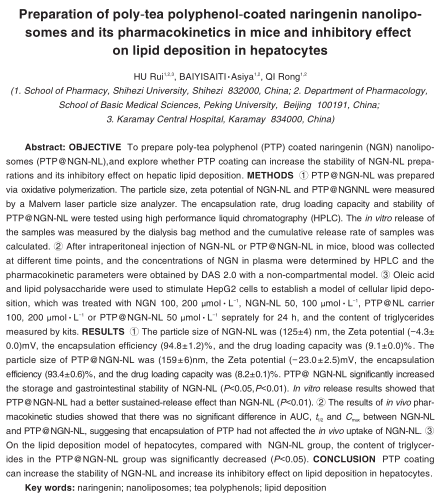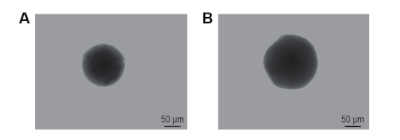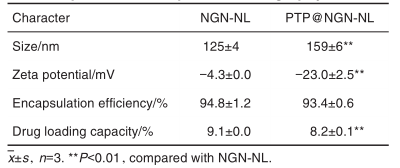苏州微流纳米生物技术有限公司
Naringenin (NGN) is a dihydroflavone compound that is mainly found in citrus fruits. Studies have shown that NGN can inhibit lipid deposition in HepG2 cells induced by oleic acid and lipopolysaccharide (LPS) by inhibiting the activation of inflammation-related pathways, as well as anti-methionine-choline deficiency feed-induced non-alcoholic fatty liver disease (NAFLD).
NGN is poor in water and fat solubility, and its intestinal absorption is affected by the efflux of P-glycoprotein on the surface of small intestine epithelial cell membranes. Its bioavailability is low, which affects its pharmacological activity. Preparation of NGN intonanoliposomes (NL) can significantly increase its oral absorption and anti-NAFLD pharmacodynamic effect.
In this study, tea polyphenols were polymerized into poly-tea polyphenol (PTP) and coated on the surface of NGN-NL to make PTP-coated NGN-NL (PTP@NGN-NL), laying a foundation for the development of clinical new drugs for the treatment of NAFLD.

Figure 1 Preparation of NGN-NL on the front page of the article
: Put 225 mg of phospholipid, 25 mg of cholesterol and 25 mg of NGN in eggan-shaped bottles, add 3.00 mL of solvent (methanol: chloroform =2:1) to dissolve and mix well, and rotary evaporate for 30 minutes (37 degrees Celsius, 100 r·min-1) until a film is formed. Absorb 3.00 mL of PBS to hydrate, and sonicate it in an ice bath until it is pale blue opalescent to obtain NGN-NL. The prepared NGN-NL was passed through a 0.22 μm filter membrane, and the filtrate was taken and stored in a 5-mL EP tube at 4 degrees Celsius.
Preparation of PTP@NGN-NL: Dissolve 30 mg of tea polyphenol powder in 1 mL of water, pipette 3.00 mL of NGN-NL into a penicillin bottle, slowly add 1.00 mL of tea polyphenol solution into the penicillin bottle under magnetic stirring of 300 r·min-1, adjust the solution to pH 8.5 with NaOH 0.01 mol·L-1, and continue to stir and react for 24 hours. Centrifuge three times in 10 minutes with deionized water to wash off unpolymerized polyphenols and free NGN, and store at 4 degrees Celsius.

Figure 2 Electron microscope test results of NGN-NL (A) and PTP@ NGN-NL (B)

Figure 3 The particle size, Zeta potential, encapsulation efficiency and drug loading of
NGN-NL and PTP@NGN-NL are all round spherical particles. The particle size, Zeta potential, encapsulation efficiency and drug loading of NGN-NL and PTP@NGN-NL are shown in Figure 3. The particle size of PTP@NGN-NL is significantly larger than that of NGN-NL (P 0.01), indicating that PTP has been coated on the surface of NGN-NL, suggesting that NL serves as the base membrane material and can fully encapsulate NGN-NL in the PTP capsule shell; The absolute value of Zeta potential increases after PTP coating (P 0.01), indicating that PTP coating can significantly increase the stability of NGN-NL preparation; at the same time, PTP coating does not affect the encapsulation efficiency of NGN-NL, but the drug loading is slightly reduced due to the increase in the mass of the capsule material used.
Jin241108M